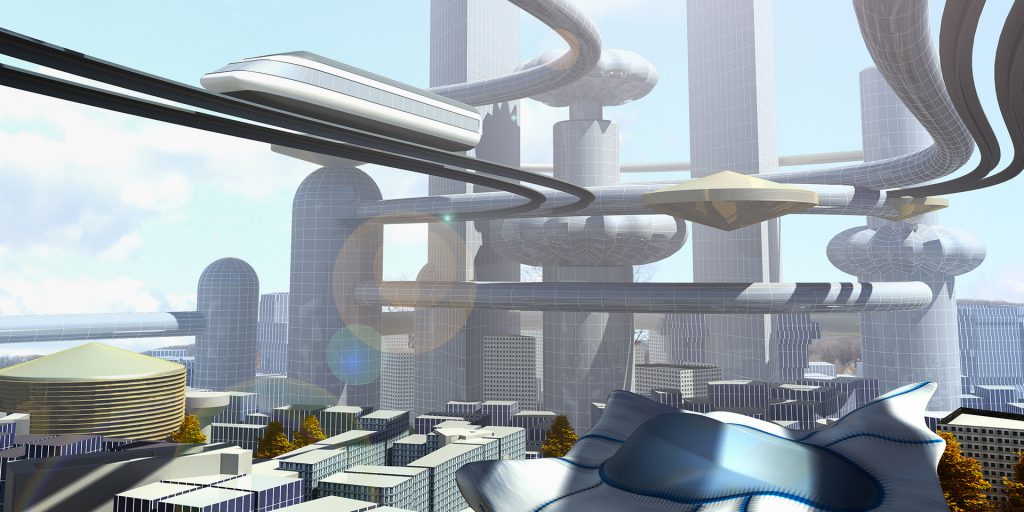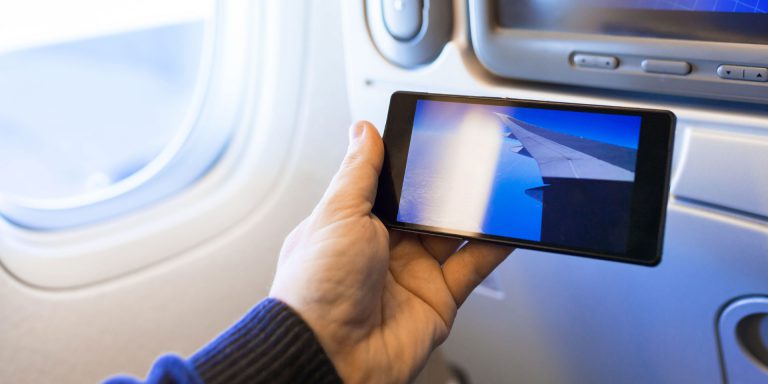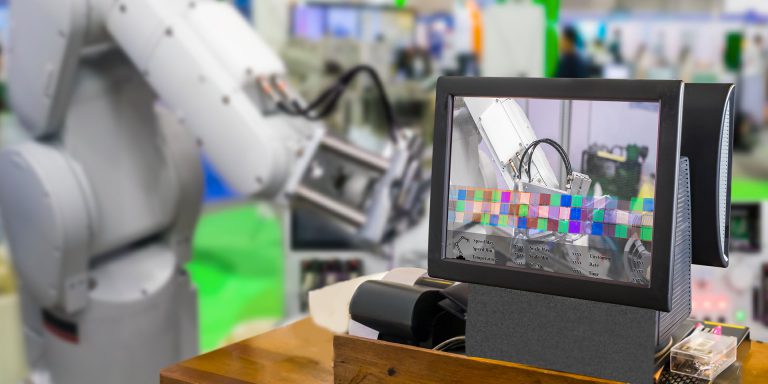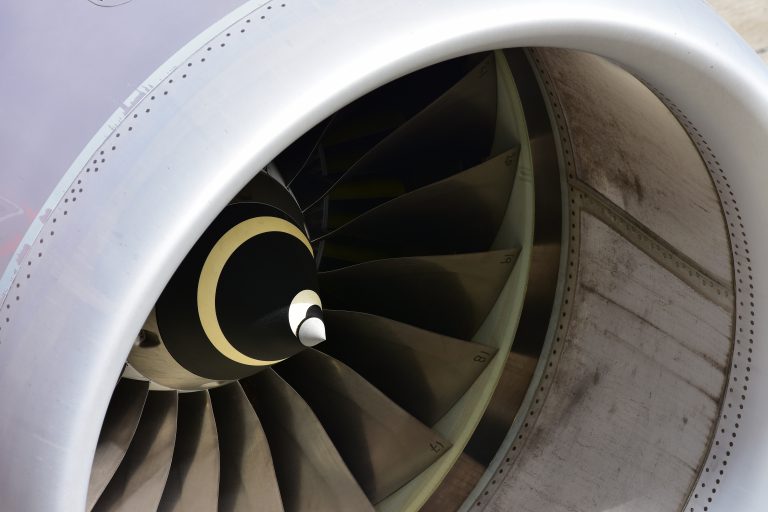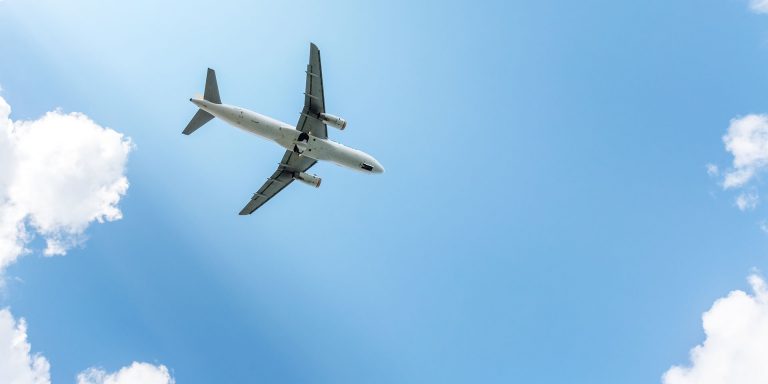Aircraft of the future do more with less while enhancing the passenger experience
From the 1960s through the early 2000s, aircraft programs underwent many changes, especially with respect to increasing seat and range capabilities. Today, with the evolution of air traffic and the increase in the number of players in the industry, aircraft demand has reached an impasse. Aeronautics programs have therefore been focusing recently on the introduction of new technologies. Since 2005 with the 787 and A350 programs, incremental development has become the preferred strategy of aircraft OEMs.
Since each program lasts 15 to 20 years, aircraft OEMs will launch new aircraft programs around 2020. In the long-term future, we expect to see new designs, engines, materials, and technologies, all with a strong focus on customer experience and operating efficiency.
These changes are driven both by global challenges in the aeronautics industry and by customer expectations. The main factors that will influence these future aircraft are:
• Cabin capacity: increase aircraft capacity, due to an increase in the world’s population, growing passenger traffic (doubling to over 14 billion by 2029), the limited possibilities of existing airports, and massive urbanization with the development of megacities (by 2030, 60% of the world’s population will live in cities, which is 10% more than today)
• Green energy: make use of renewable fuels to gradually decrease CO2 emissions to 0% • Optimizing business: increase effectiveness in order to raise margins per passenger
• New durable, lightweight materials: innovate to create new seating and interior materials, and generally reduce the weight of the aircraft, all while increasing its durability
• Customer experience: increase customization and connectivity of onboard entertainment systems as well as online shopping and other business possibilities
Several papers and articles have already covered the topic of the Aircraft of the Future. The objective of this paper is to encompass all the main concepts that are most likely to characterize future aircraft. Beyond the changes in aircraft design and the use of new technologies, this paper will highlight the revolution in future aircraft development and production. The final objective of this paper is to propose some out-of-the-box thinking about future aircraft.
See the full report here.


